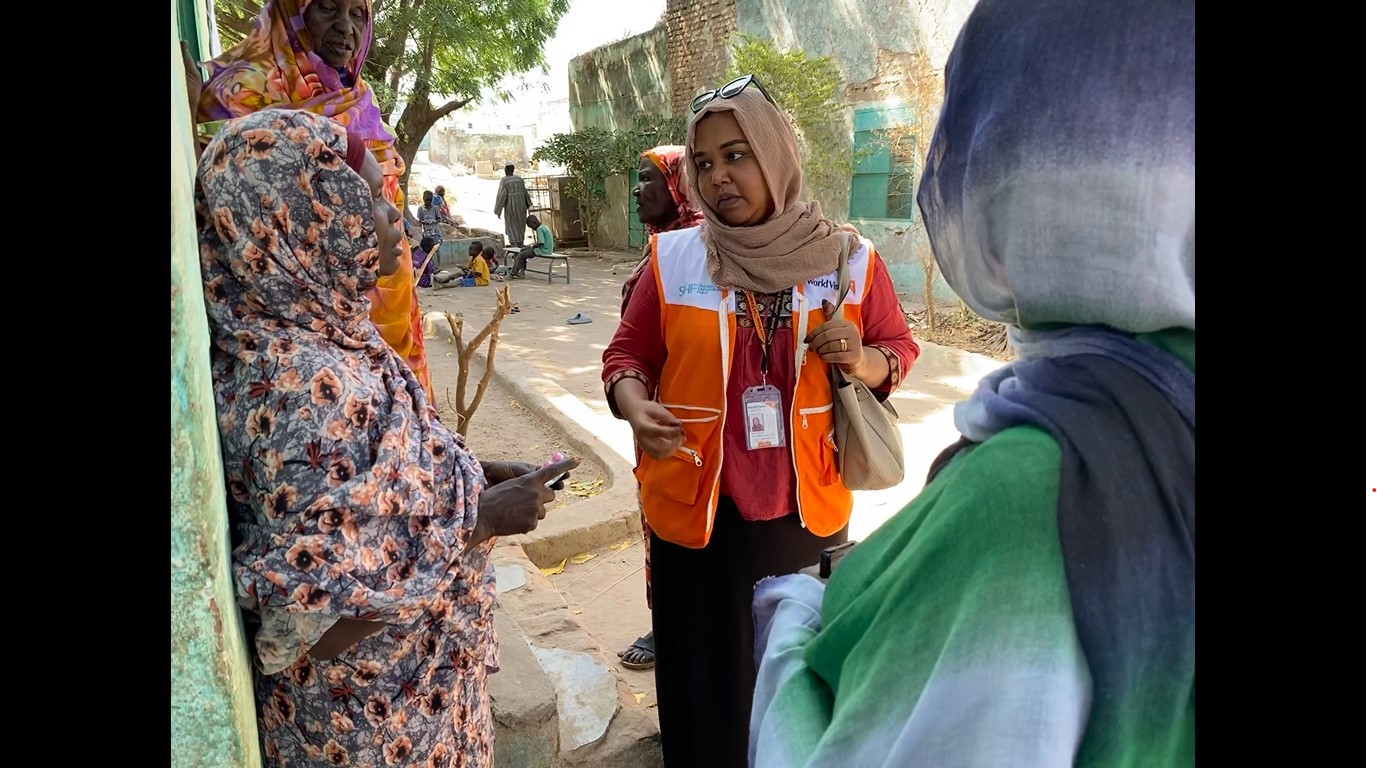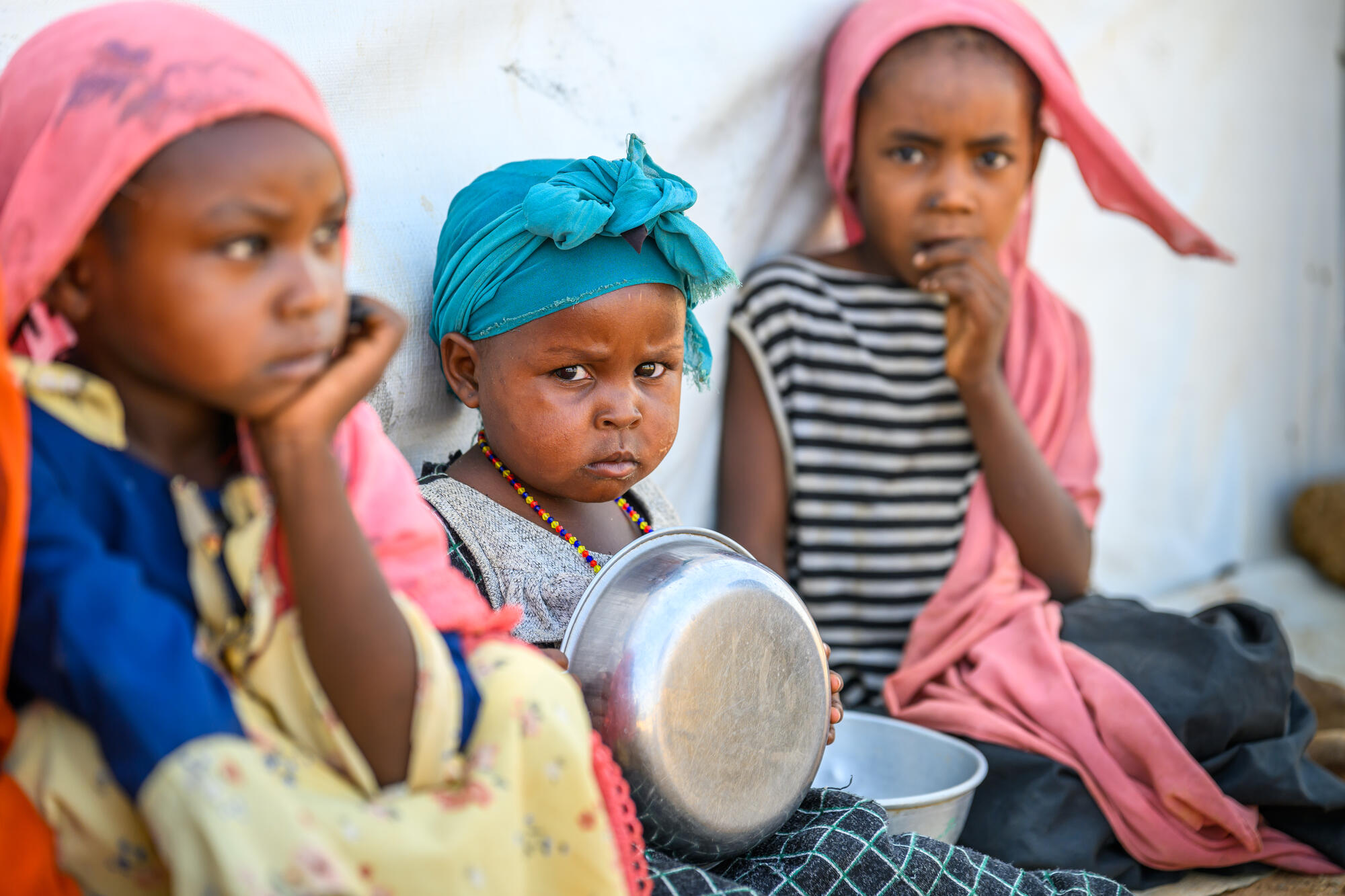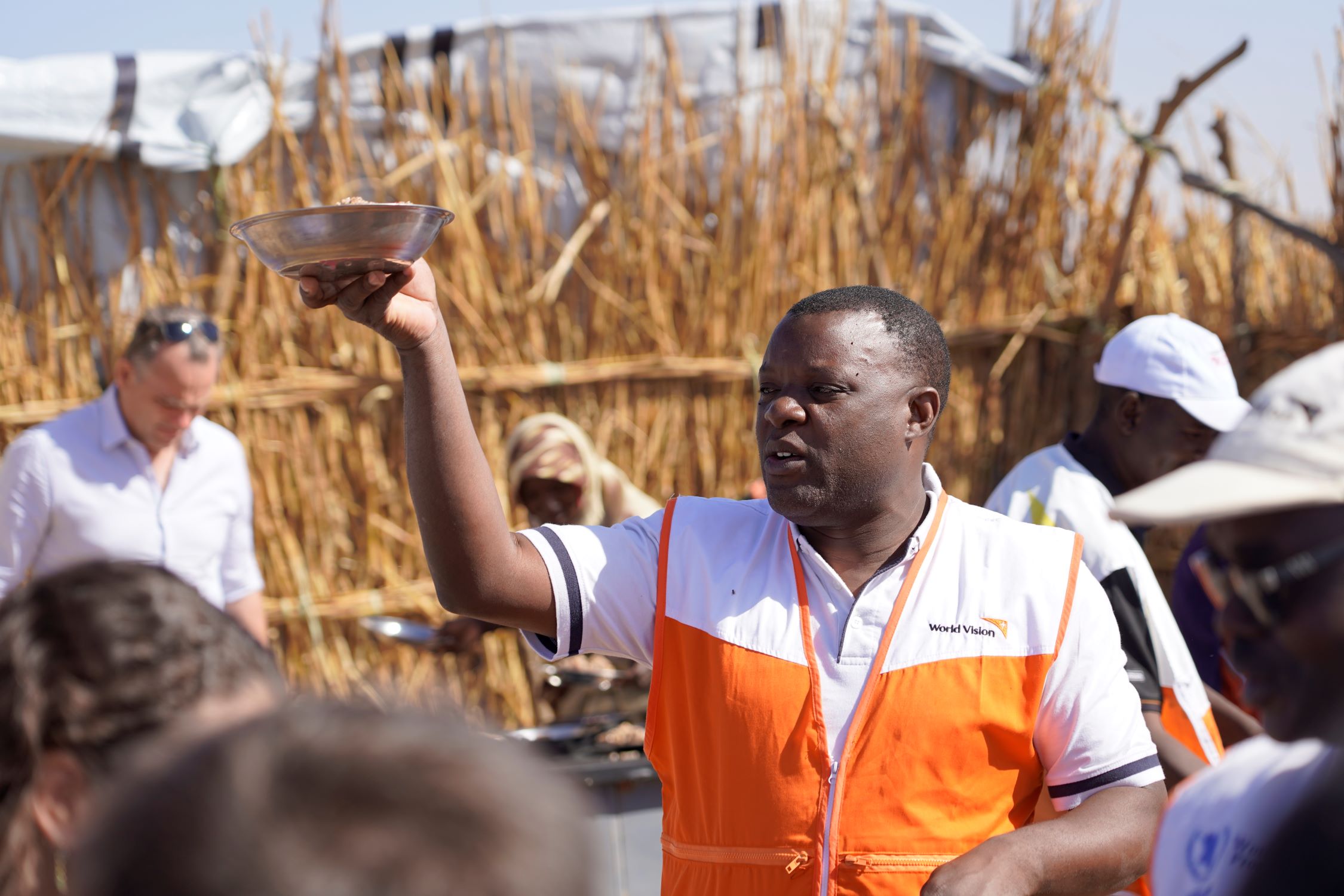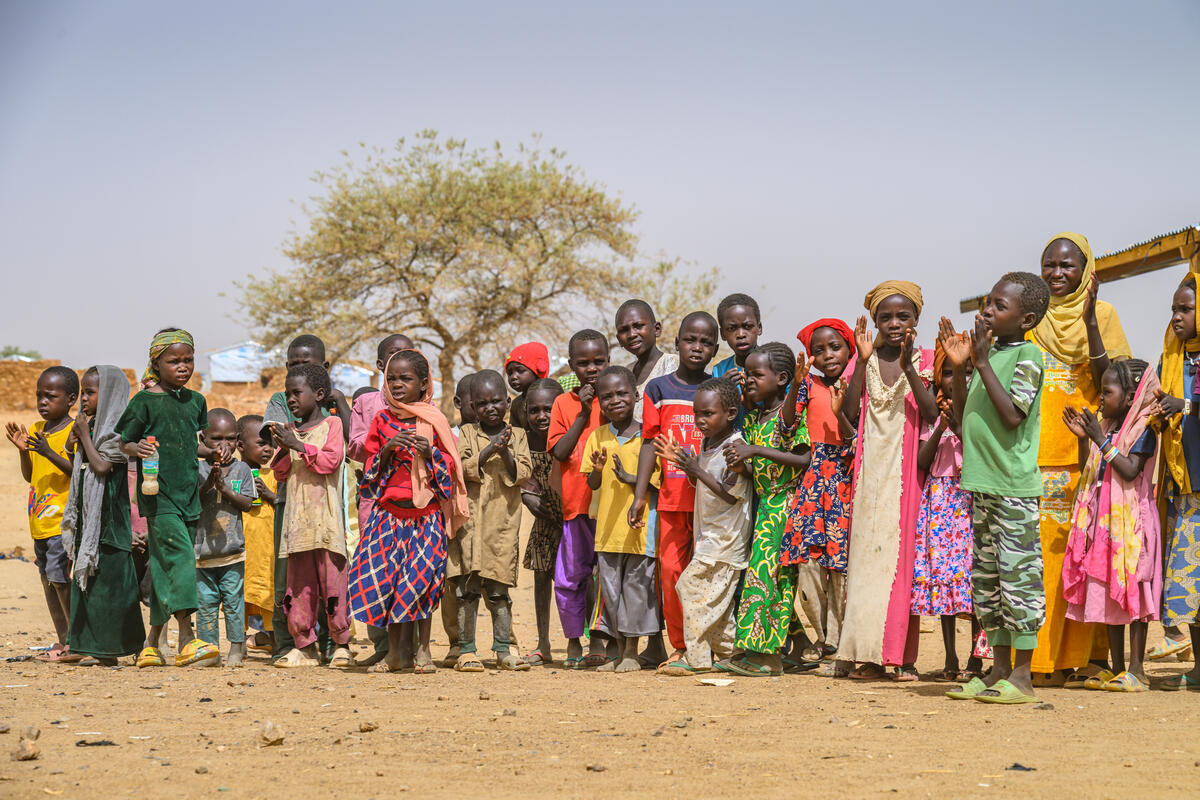
Interesting facts about Sudan
Discover these facts about the Republic of Sudan and how you can help.
Sudan is facing the worst levels of acute food insecurity ever recorded in the country.
The conflict that began in April 2023 has led to the largest displacement crisis in the country’s history. This turmoil has worsened existing problems like economic instability, food shortages, and limited access to essential services. As a result, millions of Sudanese people are enduring extreme hardships.
Keep reading to discover 10 interesting facts about Sudan and how you can protect children from the conflict in Sudan.
1. Where is the country of Sudan?
Sudan is located in Northeast Africa, sharing its borders with seven countries.
- Northern border: Egypt and Libya.
- Eastern border: the Red Sea and Eritrea.
- Southern border: Ethiopia and South Sudan.
- Western border: Chad and the Central African Republic.
2. Sudan was the largest African country in size until 2011.
Prior to Southern Sudan's independence in 2011, Sudan was the largest country in Africa, representing over 8% of the whole African continent. Now, Sudan is the third largest country in Africa, behind Algeria and the Democratic Republic of Congo.
Currently, the population of Sudan stands at 49.4 million people.
3. Sudan is home to more pyramids than Egypt
There are more than 200 pyramids in Sudan, which is nearly double the number in Egypt (118). The ancient Nubian civilisation, formerly known as the Kingdom of Kush, built impressive pyramids along the banks of the Nile River. Alike Egypt’s pyramids, the ancient pyramids in Sudan were built to serve as tombs for kings and queens, as well as wealthy citizens.
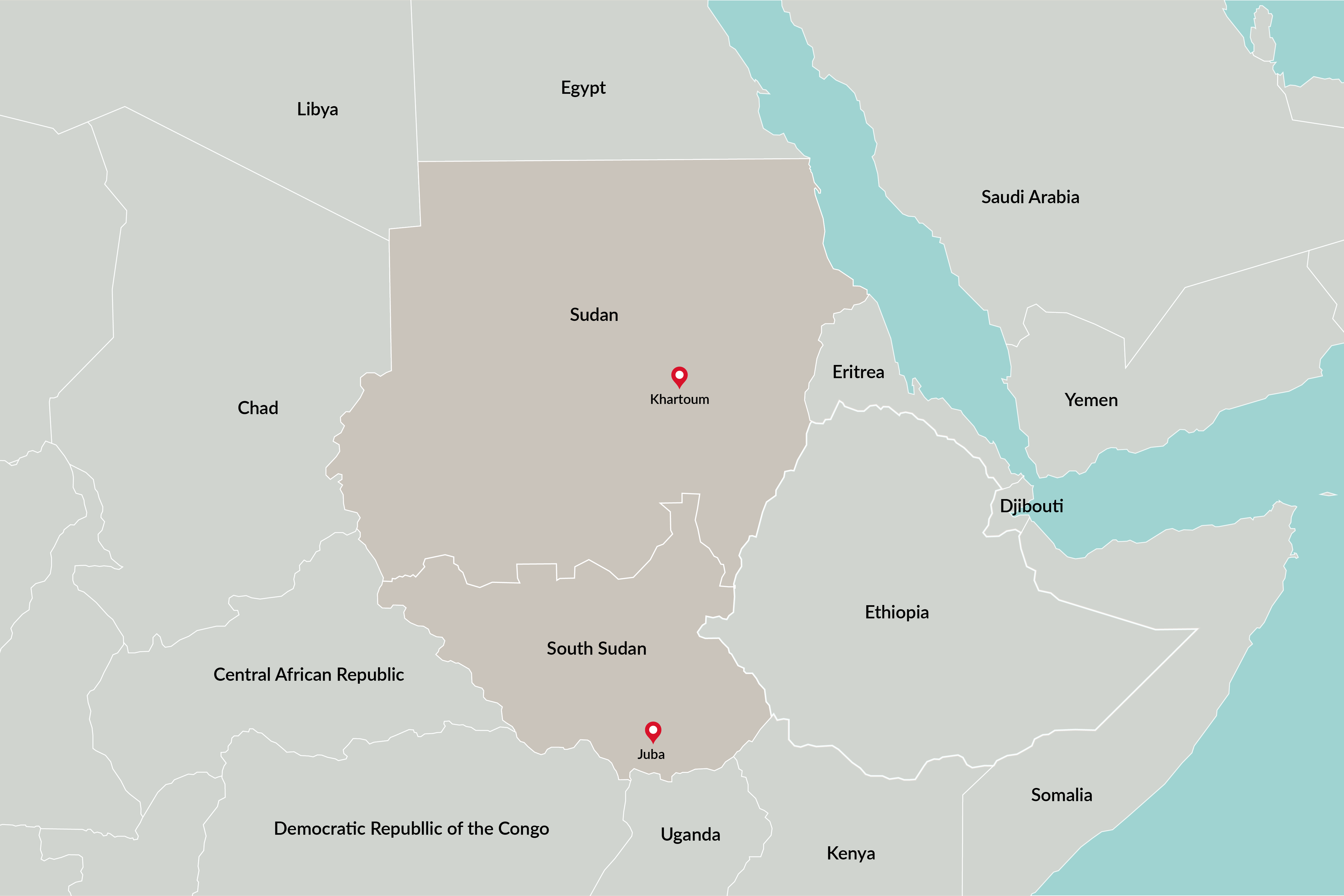
4. What is the capital of Sudan?
Sudan's capital is Khartoum, with an estimated population of 9.3 million people in the city.
The White Nile and the Blue Nile meet in Khartoum, merging to become the River Nile which flows through Egypt. The Nile is the primary water source for Sudan, supporting agriculture and fishing as well as providing a channel for ships carrying goods between African cities.
5. Sudan was once home to the Kingdom of Kush, an African kingdom.
The Kingdom of Kush was an ancient African kingdom located along the Nile River in what is now Sudan.
Emerging from around 1070 BCE to 350 CE, it left a long-lasting legacy through impressive pyramids and a culture that was influenced by Egypt. The kingdom was known for its wealth, derived from gold mining, trade, and agriculture.
6. Arabic is the main language of Sudan.
The majority of Sudan's population is Muslim. Arabic is the main language used by at least half of Sudanese people, however it’s estimated that there are over 100 indigenous languages spoken in Sudan.
7. Sudan is home to rich cultural diversity
Sudan hosts over 500 ethnic groups, including the Arab, Nubian, and Fur. The Arab population makes up approximately 70% of the country.

8. What is the current situation in Sudan?
After years of conflict and crisis, Sudan is now the world’s largest child displacement crisis.
Over 10 million people are internally displaced within Sudan, while nearly 2 million people have fled to neighbouring countries, including Chad, South Sudan, Egypt, Ethiopia, and the Central African Republic (CAR).
Since April 2023, over 4 million children have fled widespread violence in search of safety, food, shelter and healthcare.
- Child hunger rates are rapidly rising: Approximately 4 million children under five are facing acute malnutrition (as of June 2024).
- Sudan faces the worst education crisis: 19 million children, more than 90% of children in Sudan, are being deprived of an education due to school closures.
- Access to healthcare is a critical concern: Many hospitals have been damaged by airstrikes, targeted by armed groups, stormed and looted.
“Conflict is one of the main drivers of hunger, and displacement has contributed to Sudan becoming one of the world’s worst education crises in the world,” explains Lilian Dodzo, World Vision staff member in East Africa. “It is truly one of the toughest places to be a child. With every displacement, dreams and childhoods are lost.”
READ MORE: What’s happening in Sudan?
9. World Vision has reached 1.7 million people with life-saving support.
Thanks to your support, World Vision has supported children and families in Sudan from 1983 to 1988 and from 2004 onwards. Since April 2023, World Vision has reached more than 1.7 million people, mostly women and children, with emergency assistance, including food and cash assistance, healthcare, water and child protection.
Now, driven by the ongoing violence, Sudan is on the edge of becoming the world’s largest hunger crisis. Every second person in Sudan needs humanitarian assistance to survive, including 6.3 million people facing crisis levels of hunger.
Join us to help feed children at risk of starvation, as well as providing healthcare, clean water and mental health support to vulnerable children.

